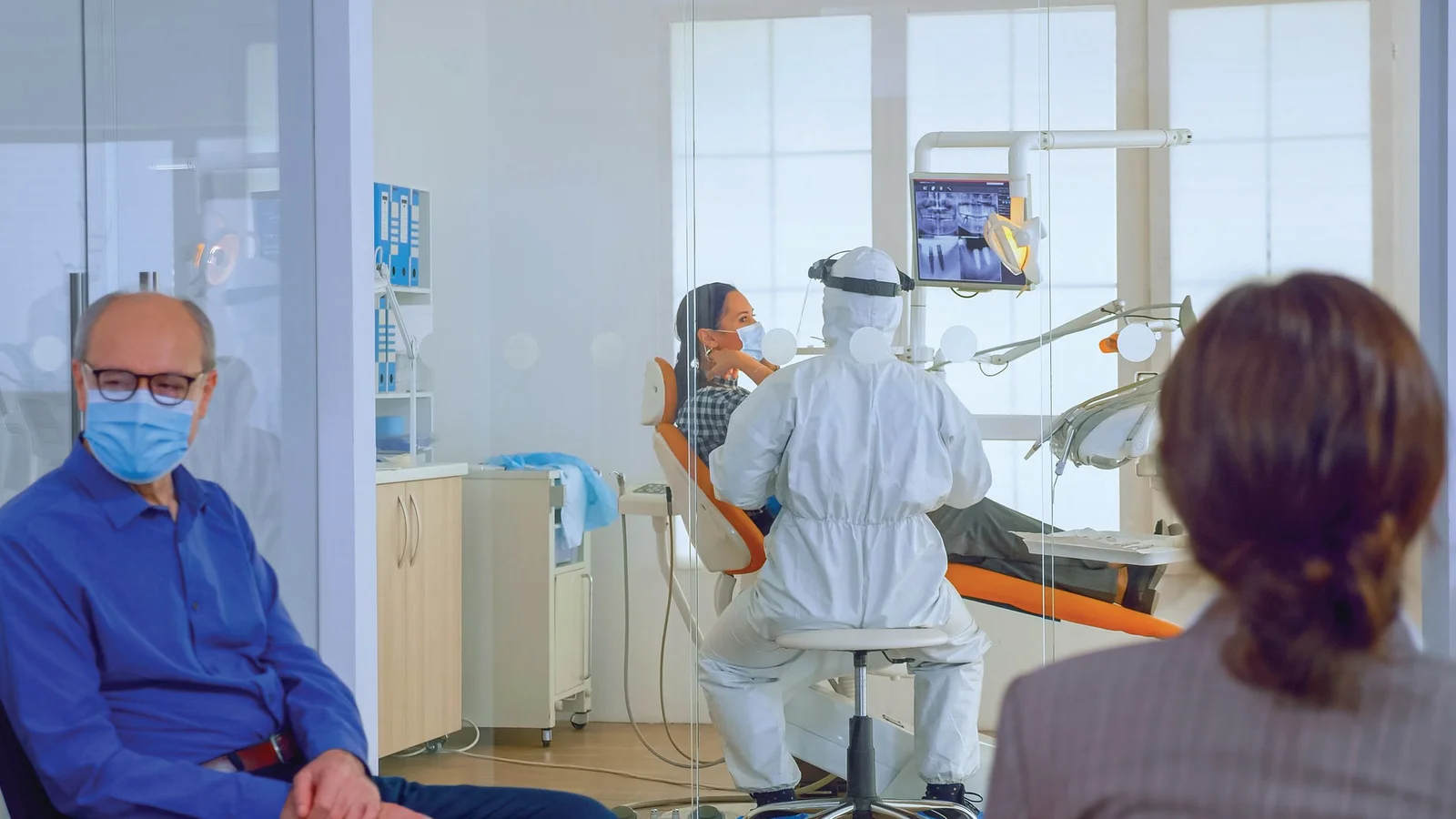Cell and gene therapy represent the most cutting-edge advancements in modern medicine, offering potential cures for genetic and chronic diseases once considered untreatable. As personalized treatment becomes a global healthcare priority, the journey of bringing these therapies to patients is both revolutionary and complex. Understanding the entire pathway—from scientific discovery to patient bedside—is essential to appreciating the vast innovation and coordination required to make these therapies a clinical reality.
Scientific Foundations and Breakthroughs
Cell and gene therapy are rooted in decades of genetic research, culminating in technologies like CRISPR, viral vector delivery, and induced pluripotent stem cells. These tools allow scientists to either repair faulty genes or reprogram cells to treat specific conditions. Early successes in rare diseases like spinal muscular atrophy or inherited retinal disorders sparked a wave of investment and optimism, setting the stage for wider clinical application. The therapeutic promise lies in the ability to not just manage symptoms but to directly address the underlying cause of disease.
Translating Research into Clinical Trials
Moving from discovery to human trials requires robust preclinical data, precise patient selection, and ethical clearance. Cell and gene therapy trials differ from traditional drug trials in their complexity, often requiring bespoke solutions for each patient or condition. Regulatory agencies are adapting frameworks to accommodate these unique challenges. Patient recruitment, monitoring of long-term outcomes, and biomarker validation play critical roles in assessing safety and efficacy.
Regulatory and Commercial Hurdles
Despite regulatory support through fast-track designations and orphan drug status, companies still face considerable challenges in gaining approvals. Demonstrating durable efficacy and managing potential immune responses are top concerns. Additionally, pricing and reimbursement discussions create barriers, especially in regions where healthcare budgets are constrained. Companies must work closely with payers and health technology assessment bodies to demonstrate value, often leveraging outcome-based reimbursement models.
Manufacturing, Logistics, and Delivery
Unlike conventional pharmaceuticals, cell and gene therapies demand highly specialized manufacturing environments. Whether autologous or allogeneic, these products must maintain viability through cold-chain logistics, precise timing, and regulatory compliance. Scalable, reproducible, and cost-effective manufacturing remains one of the biggest industry obstacles. Innovations in automation, AI-guided quality control, and modular manufacturing are beginning to address these bottlenecks and ensure broader access.
Patient Access and Affordability
Ensuring equitable patient access involves navigating national healthcare policies, insurance frameworks, and infrastructure capabilities. In many low- and middle-income countries, high costs and limited medical infrastructure can prevent patient access to these transformative therapies. Health systems and biotech firms must collaborate on access programs, public-private partnerships, and pricing flexibility to avoid widening global health disparities. Patient advocacy groups also play a vital role in shaping policies and raising awareness.
Future Outlook for Cell and Gene Therapy
With the rise of platform technologies, artificial intelligence, and global collaboration, the future of cell and gene therapy looks increasingly promising. Emerging indications in oncology, autoimmune disorders, and neurodegenerative diseases are broadening the therapeutic landscape. As technology becomes more sophisticated and costs gradually decline, cell and gene therapies could become standard components of personalized healthcare, shifting the treatment paradigm from maintenance to cure.
For more info https://bi-journal.com/journey-of-cell-and-gene-therapy-to-patients/
Conclusion
The journey of cell and gene therapy to patients is a testament to how scientific innovation can reshape human health. Despite regulatory, logistical, and economic challenges, the field continues to evolve at a rapid pace. Collaboration between researchers, clinicians, policymakers, and industry stakeholders will be essential to ensure that these groundbreaking therapies reach every patient who needs them. As we look ahead, the convergence of science, technology, and access will define the next era of global healthcare.

